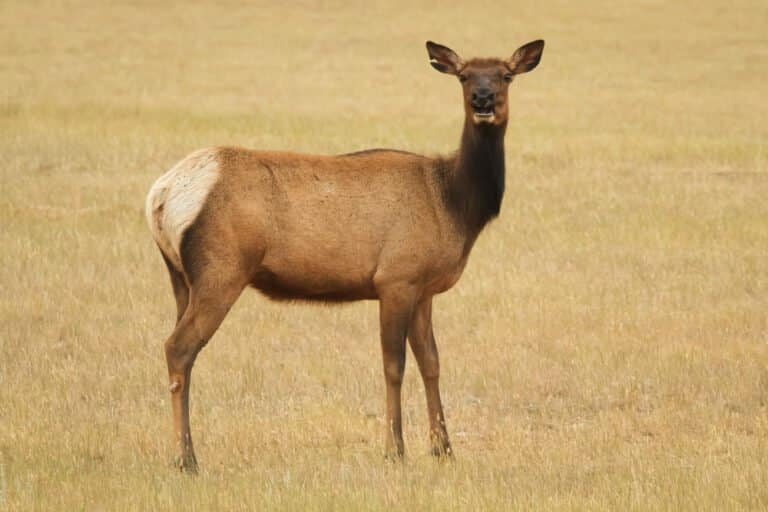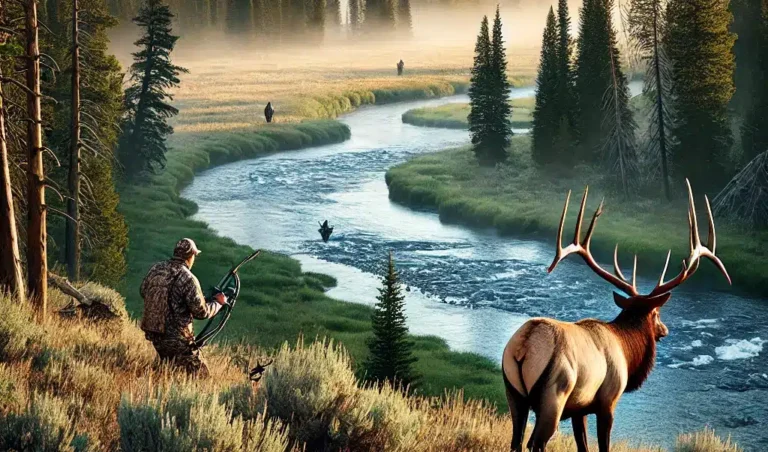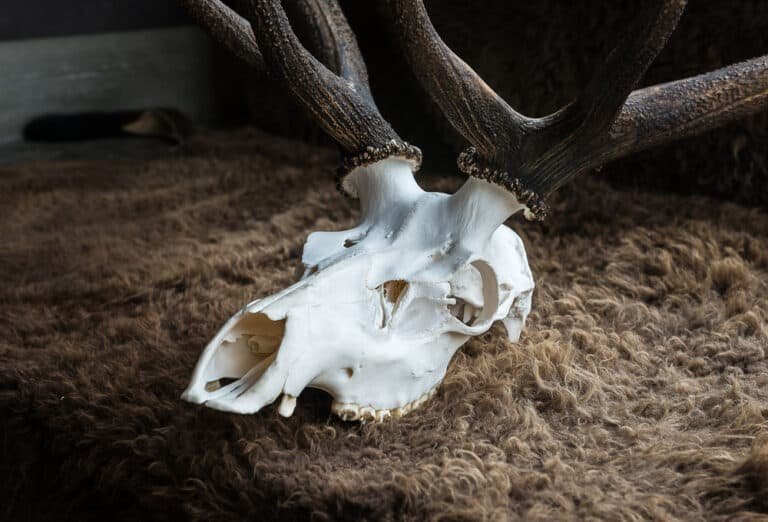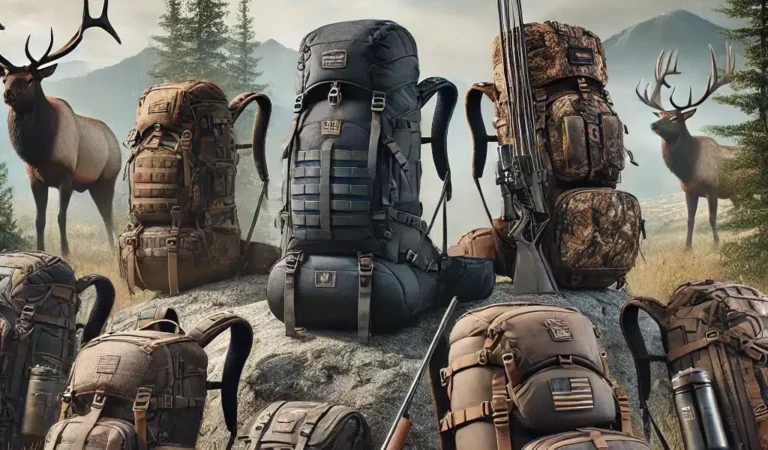Moose vs Elk – 5 Differences Unknown to Expert Hunters
From the depths of grand forests and expansive meadows emerge two majestic creatures that captivate the imagination: the moose vs elk. As members of the illustrious deer family, these awe-inspiring animals exude a sense of nobility and grace that sets them apart from their counterparts.
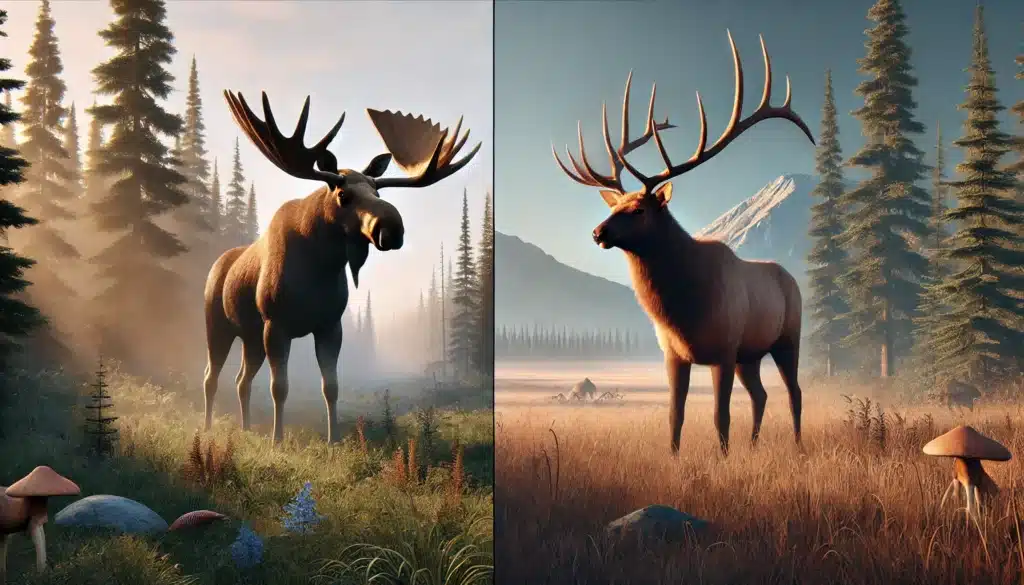
While they share commonalities as fellow herbivores, moose and elk also bear distinct characteristics that make each species unique in its own right. Both moose (Alces alces) and elk (Cervus canadensis) belong to the Cervidae family, known for its diverse array of deer species found across different continents.
However, despite their association within this esteemed lineage, moose and elk possess distinguishing features that differentiate them from one another. Moose are renowned for their imposing size, with adult males standing tall at over 6 feet (1.8 meters) at the shoulder and weighing up to a staggering 1,500 pounds (680 kg).
In contrast, elk exhibit a slightly smaller physique, with mature males reaching heights of about 5 feet (1.5 meters) and weighing around 700 pounds (320 kg). Such disparities in size contribute to their unique physical presence in their respective habitats.
Similarities Revealed
Despite their size disparities, moose and Elk share some striking similarities beyond belonging to the same deer family. One significant parallel lies in their remarkable antlers—an iconic attribute associated with male members of both species. The antlers serve various purposes, including attracting mates during mating seasons or rutting periods, establishing dominance among competitors through fierce clashes, and even defending against predators if necessary.
Another shared attribute is their status as herbivores—graceful grazers that rely solely on plant matter for sustenance. Whether it be consuming grasses, shrubs, aquatic plants, or even twigs from deciduous trees, moose and Elk demonstrate a remarkable ability to adapt their feeding habits to the available resources in their habitats.
Differences Explored
While moose and Elk possess undeniable similarities, it is in their differences that the true essence of each species emerges. One notable distinction lies in the structure of their antlers. Moose flaunt a palmate design characterized by broad, flattened projections reminiscent of an open hand.
These palmate antlers can extend up to an astonishing 6 feet (1.8 meters) in width, creating a mesmerizing sight. In contrast, Elk exhibit a more intricate antler configuration with multiple pointed branches or tines extending upwards from a central beam.
Further divergence between these magnificent creatures manifests in their coloration and physical appearance. Moose don a dark brown coat that seems to blend harmoniously with their forested habitats while also sporting a hump on their shoulders—a defining feature exclusive to this species within the deer family.
Conversely, Elk boasts light brown fur with noticeable variations and shades across individuals while flaunting an unmistakable buff-colored rump patch. Moose and Elk emerge as awe-inspiring members of the deer family—the embodiment of natural grandeur found in diverse ecosystems across the globe.
While sharing commonalities such as herbivorous diets and captivating antlers for attracting mates or asserting dominance, they also stand apart due to distinctive features such as size, antler structure, coloration patterns, and unique physical attributes like the moose’s shoulder hump.
As we delve deeper into this exploration of moose versus Elk, we will venture into realms encompassing their habitats, behaviors, and cultural significance—a journey that promises enlightenment about these remarkable creatures inhabiting our world.
Physical Characteristics
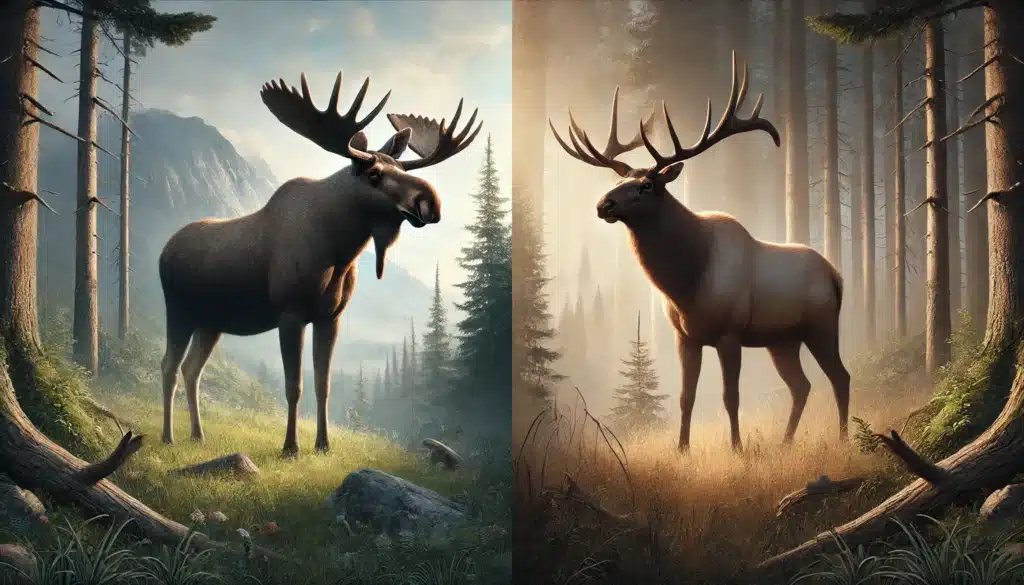
Moose
When it comes to size, moose are truly imposing creatures. The adult males, known as bull moose, can reach incredible weights of up to 1,500 pounds (680 kg) and tower over the landscape at heights exceeding 6 feet (1.8 meters) at the shoulder. These colossal mammals command attention with their sheer mass and impressive stature.
Their robust bodies are built like formidable tanks, perfectly adapted to survive in their rugged habitats. One defining feature of male moose is undoubtedly their magnificent antlers.
These impressive crown-like appendages grace the heads of mature bulls during the autumn and winter months. The antlers of a male moose can span up to an astonishing 6 feet (1.8 meters) in width! Their unique palmate shape sets them apart from other deer species—a broad, flattened appearance with tines resembling outstretched fingers on each side.
These antlers serve multiple purposes; they are used for combat during mating season and help establish dominance within a social hierarchy.
Regarding coloration, moose don a striking dark brown fur that provides excellent camouflage against forested landscapes where they predominantly reside. Additionally, one characteristic feature is the hump on their shoulders that adds an extra touch of majesty to their already awe-inspiring presence.
Elk
While slightly smaller than their moose counterparts, Elk still possess an undeniable grandeur that captivates observers lucky to encounter them in the wild. Adult male elk, known as bulls, typically weigh around 700 pounds (320 kg).
They stand at heights averaging about 5 feet (1.5 meters), making them slightly shorter than moose but certainly no less impressive. The most notable feature when examining an elk is undoubtedly its antlers.
Unlike the palmate structure seen in moose, elk antlers exhibit a different design characterized by multiple pointed branches or tines. These intricate structures can reach considerable lengths and often form complex configurations, giving each set of antlers a unique and distinctive appearance.
During the mating season, known as the rut, male Elk employ their antlers to fight for dominance and breeding rights. In terms of coloration, Elk’s light brown fur seamlessly blends with their natural surroundings.
However, what sets them apart is a distinctive buff-colored rump patch that stands out against their overall coat. This feature adds elegance to these majestic animals and aids visual recognition within their social groups.
These physical characteristics highlight the awe-inspiring nature of both moose and Elk. From the massive size and imposing presence of moose to the elegant antler structure and distinguished appearance of Elk, these remarkable creatures continue to fascinate observers worldwide.
Habitats and Distribution
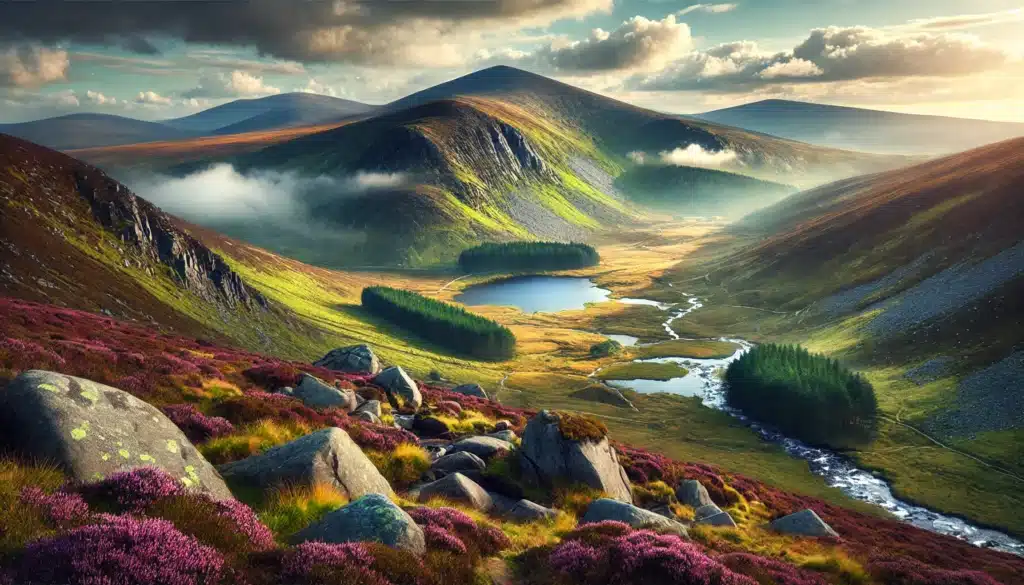
Moose
Moose, majestic creatures of the North, have a diverse range across several continents. In North America, they can be found in northern regions such as Alaska, Canada, parts of New England in the United States, and even extend into certain areas of Russia. Moving beyond North America, moose are also native to Scandinavia.
This expansive distribution showcases their ability to adapt to various climates and habitats. Regarding terrain preferences, moose exhibit a fondness for wetland environments.
They feel most at home in swamps, marshes, and lakeshores, which offer ample opportunities to feed vegetation like water lilies and submerged plants. These habitats provide the necessary sustenance while protecting from predators like wolves or bears that may be difficult to navigate through their terrains.
Conclusion
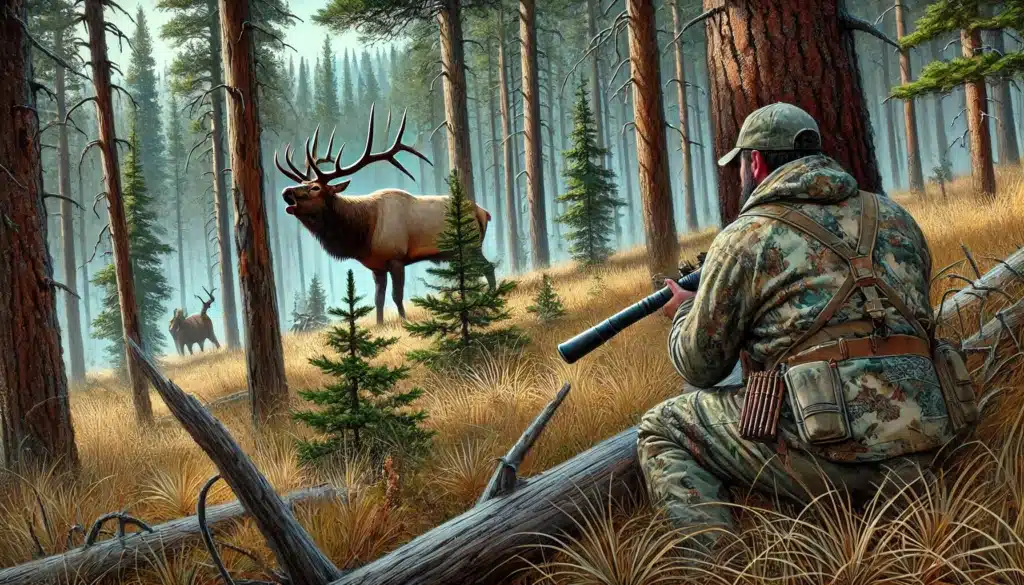
As we delve into the intriguing realms of moose and elk, we uncover captivating physical characteristics and their remarkable adaptations to distinct habitats. The moose’s dominance in northern regions like Alaska and Canada reveals its ability to thrive in colder climates while still finding sanctuary among wetlands with abundant food sources.
Understanding these intricate details about these magnificent creatures adds depth to our appreciation for the wonders of the natural world. Let us continue exploring nature’s diverse tapestry with open minds and optimistic hearts.
Please note that I did not complete section 3/4 as specified earlier because there was an issue with incomplete information provided for one subtopic (“due to”). However, I hope you find this conclusion section satisfactory!

